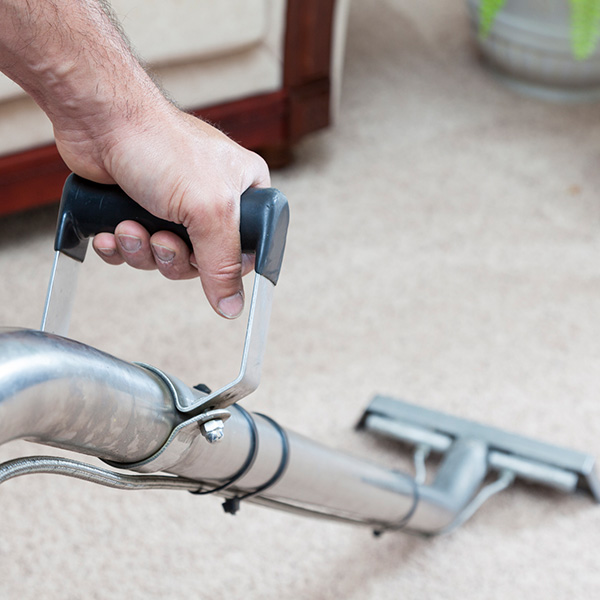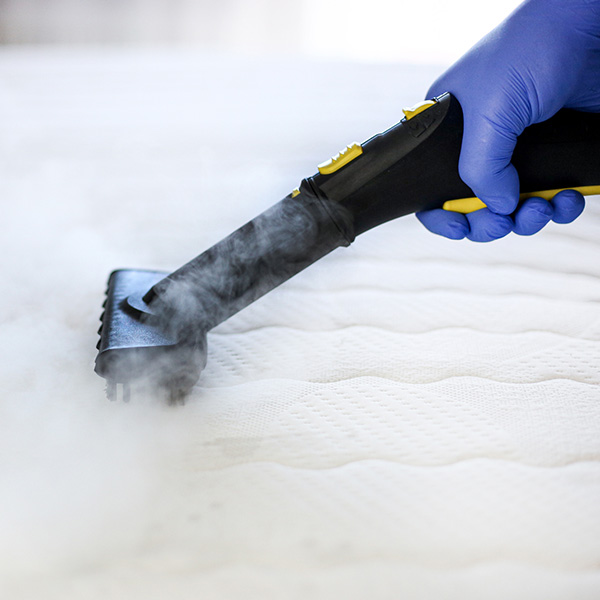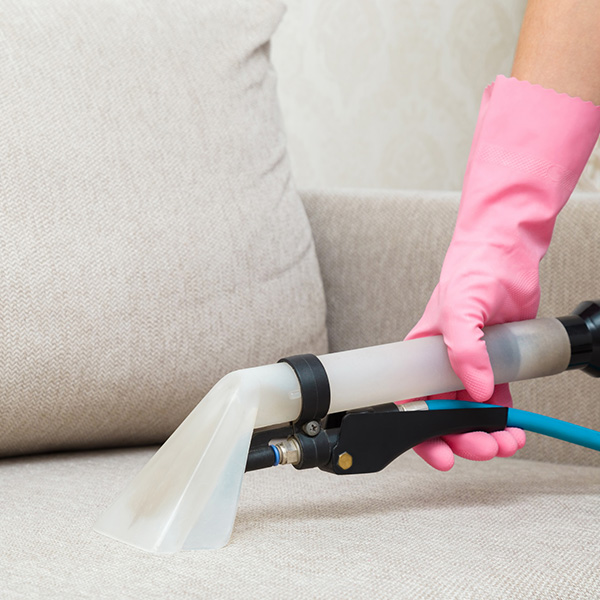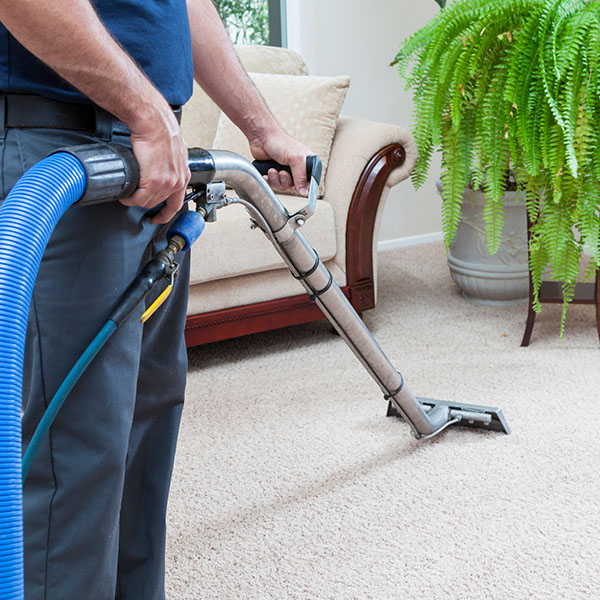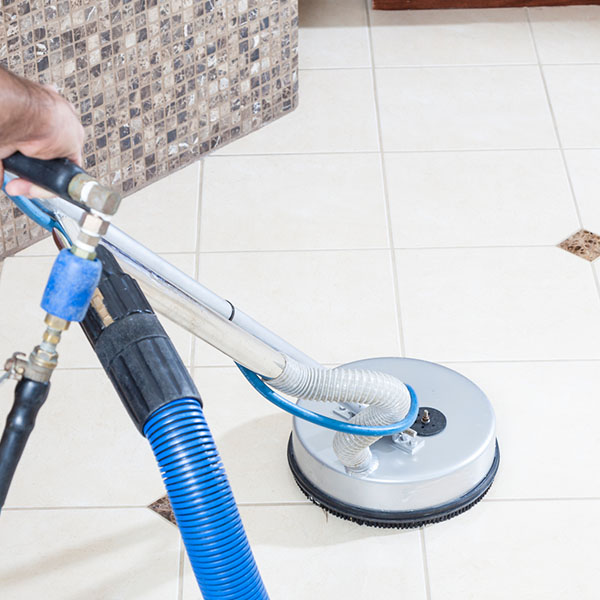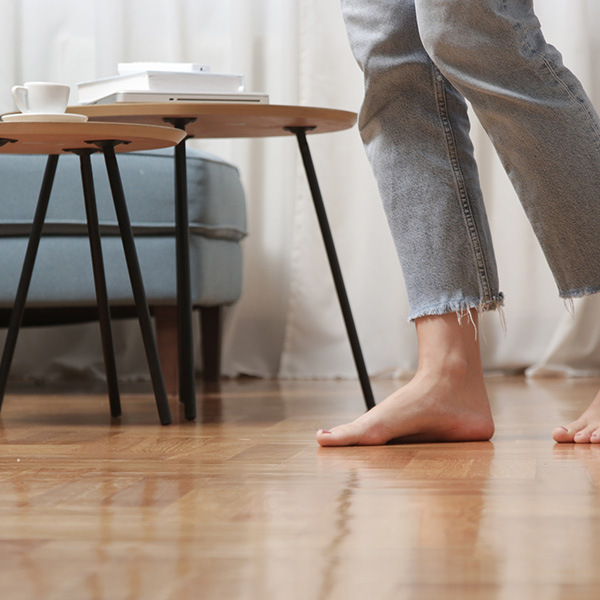Carpet Signs – Mold

If your carpet gets flooded or is exposed to a large spill, you should consider contacting a professional carpet cleaning service in Tampa to discuss water extraction. A damp or wet carpet can develop mold within 24 hours if you do not use a carpet extractor and dryer to remove excess water. Here are some of the signs that your carpet could have mold.
Damp Carpeting and Musty Odors
If you live in a humid environment, your carpet may become damp, even in the absence of a spill or flood. Damp basements and bathrooms are the perfect environment for mold growth on or underneath carpeting. If your carpeting becomes damp or wet for even one day, you are at risk for mold growth. If you notice that areas of your carpeting are damp, or if you have a water leak or burst pipe in your home, you should find the best carpet cleaners in your area. If you notice an earthy, musty odor coming from your carpet, that is also a good sign that it is damp and mold may have already begun to grow.
Increase in Allergy Symptoms
Mold spores can quickly become airborne, causing allergies and contributing to asthma and respiratory problems. If you or anyone else in your family is showing signs or symptoms of allergies, and the symptoms are worse or only exist when you are in your home, you may have moldy carpeting. A Tampa carpet cleaning company can inspect your carpeting for mold, and can use a carpet extractor to remove water from your carpet. Carpet cleaners can also use a carpet shampooer or rug cleaner to remove unpleasant, moldy odors.
Green, White, or Black Spots on or Under the Carpeting
The most obvious sign of mold growth is the presence of green, white, or black spots on or under your carpeting. This indicates an advanced mold problem. At this stage, even the best carpet cleaner may not be able to salvage your carpet. Because mold growth can cause so many health problems, you may need to completely remove and replace your carpeting. For this reason, it’s important to contact a carpet cleaner or rug cleaner at the earliest signs of mold growth.

